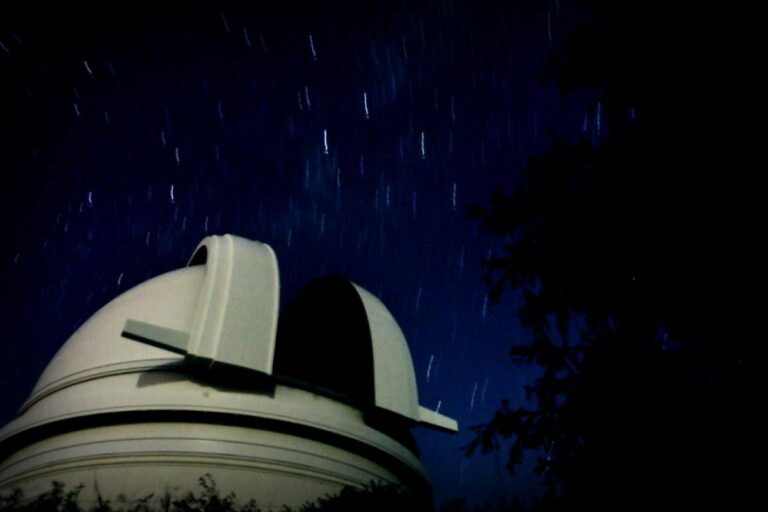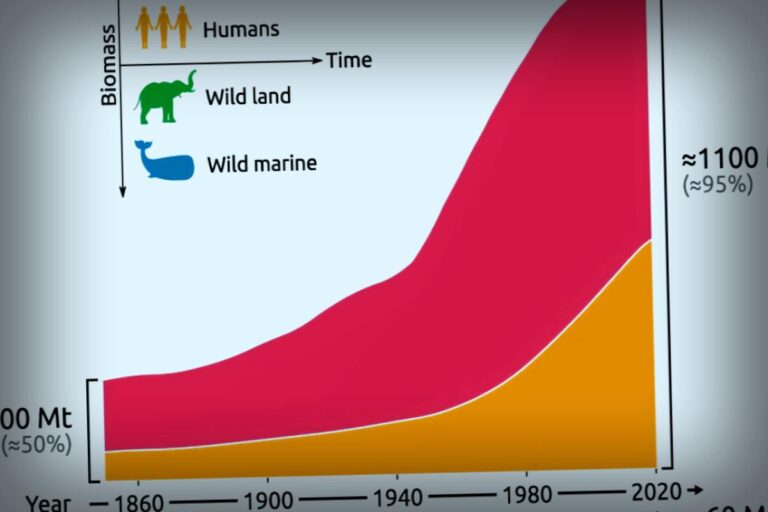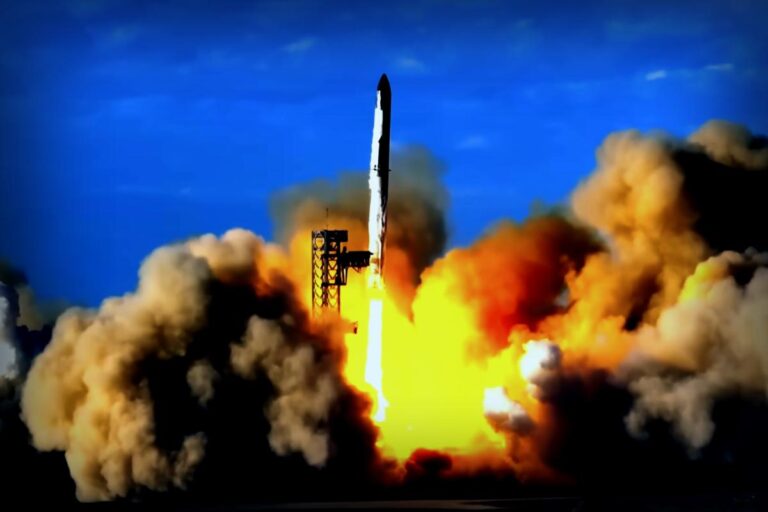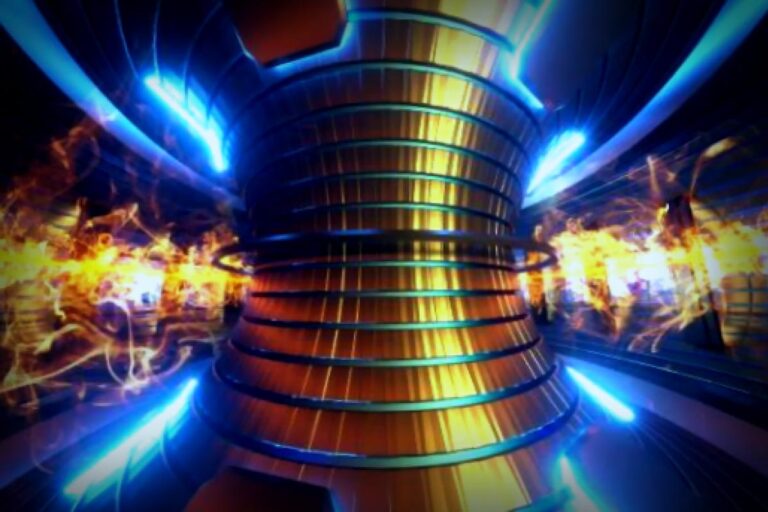Nestled just inland from the coastline of California, NASA’s eagerly anticipated Relativistic Electron Atmospheric Loss (REAL) CubeSat mission rocketed into the sky on July 23 at 2:13 p.m. ET. The launch took place at Vandenberg Space Force Base, utilizing a SpaceX Falcon 9 rocket.
The REAL CubeSat joins other innovative NASA projects like TRACERS and the new wideband communications system PExT, riding into space with cutting-edge instruments crafted by scientists from the Johns Hopkins Applied Physics Laboratory in Laurel, Maryland. These tools are designed to advance our understanding of the forces that can cause electrons to plunge from the donut-shaped radiation belts surrounding Earth into the atmosphere, where they can disrupt satellites and impact climate.
Just 54 minutes post-launch, REAL successfully deployed itself, and in the upcoming days, the mission team will establish communication with the spacecraft to ensure its operational status as it begins its six-month primary mission.
“Our excitement has been building for years, and it’s thrilling to finally see REAL take its first steps into space,” commented Robyn Millan, a space physicist from Dartmouth College and principal investigator of the mission. “I’m so proud of everyone who contributed to making REAL a reality; we can’t wait to start gathering data and uncovering secrets about Earth’s radiation belts.”
The radiation belts, famously known as the Van Allen Belts (after their discoverer James Van Allen), act like magnets, attracting high-energy particles. However, from time to time, disturbances cause these particles to spiral down into Earth’s atmosphere, occurring in rapid microbursts or extended waves that can last several minutes. Current theories suggest that certain plasma waves could be the culprits, and the REAL mission intends to clarify this mystery.
As Bobby Braun, APL’s Space Exploration Sector head, remarked, “This successful launch represents the outstanding effort, creativity, and dedication of the entire team working to address the lasting questions about Earth’s radiation belts.” “Collaborative efforts with institutions like Dartmouth and Montana State University showcase how much can be achieved together in technology and research.”
A central component of REAL’s mission is its unique, miniaturized detector of energetic particles, which accounts for nearly half the spacecraft’s design. While flying in low Earth orbit, the CubeSat will aim this detection tool along Earth’s magnetic field to observe energetic electrons and protons as they descend into the atmosphere.
This cutting-edge capability allows scientists to measure various aspects of the particles in unison—quantity, energy, and angle—representing a breakthrough in Earth science. By shaping our understanding of the forces driving these particle descents, REAL paves the way for newer mission concepts and technologies aimed at safeguarding our nation’s critical space systems from potentially harmful conditions in space.
“REAL provides a unique perspective on the minute interactions that influence the Van Allen Belts significantly, and by focusing on these elements, we hope to unravel important details that could aid in the protection of our infrastructure today and out in the future,” said APL physicist Thomas Sotirelis, the lead scientist on the particle detector team.
Provided by Johns Hopkins University
This news piece first appeared on Phys.org.




















